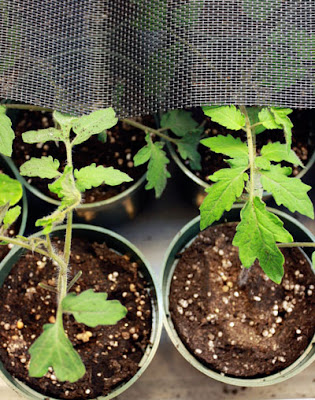 |
| The Goddess Diana. |
Deer have long been a symbol of nature's brighter side: peaceful, idyllic, prosperous and mystical. The ancient Greeks and Romans worshipped their virginal goddess Artemis/Diana, who chit-chatted with wild animals and especially enjoyed the company of deer. The Medieval Roman Catholics had St. Giles, a monk who lived alone in the woods with a red deer as his sole companion, perhaps surviving off her milk. During the horrors of the Black Death, plague victims prayed to St. Giles for relief.
 |
| St. Giles and the Hind c. 1500 |
Deer were also a recurring motif in the decorative arts of Old World European royalty. Majestic, masculine and swift, the stag is an ideal symbol for the king's public image, assuring his subjects that when the kingdom was not at war (during which the ruler posed as the lion), he was attending to his subject's prosperity--the land on which he allowed them to live and work.
 |
| King John hunting in Sherwood Forest. |
While the seeds of democracy were being sown during the Age of Enlightenment (18th Century), man's view of nature veered in a new direction. The wild became less a place of monarchical/religious symbolism and more a place to be observed and pondered with a rational, scientific mind. In the image below, the landowner seen in the left of the canvas seems insignificant, and in fact it is the male deer on the right that watches down on him, not the other way around.
 |
| Joseph Constantine Stadler (German, fl.1780 - 1822), after William Hodges, A View of Windsor and Eton from St. Leonards, with deer in the foreground and Windsor Castle beyond |
In the 20th Century, sharp-witted painter Frieda Kahlo further redefined deer symbolism for a clever self-portrait: her body is riddled with arrows, and the surrounding forest is filled with leafless, rotting trunks. Beneath her hooves is a single, broken bough. She stares at the viewer calmly and defiantly as if to say, "I may be frail and disfigured (Ms. Kahlo in real life suffered greatly from a violent accident that ruined her spine), but I will not be your martyr." The image is shocking because we are accustomed to images of slain deer lying gracefully at the feet of their Noble hunters, not wounded ones that pierce our voyeuristic stare. By turning her (wounded) self into a deer she confronts our infantile belief that nature should please and serve us but never interfere with our selfish goals.
 |
| The Little Deer by Frieda Kahlo 1946 |
Today, it seems the deer is simply vilified. A modern retelling of Little Red Riding Hood would have virtuous Red devoured by the Big Bad Deer. The predator-wolf still terrifies but deer are now at least equally loathed for their affront to suburban idealism. Yet, try as we may to eradicate deer because they no longer please us, animism cannot simply be waved away--deer are firmly embedded in our imagination. We proudly build our miniature castles on lush landscapes and along comes the ravaging deer to ridicule our fantasies, reducing us to our naked, mortal selves: creatures who are too impotent to stop the wild from being wild, or at least from being uninvited.
 |
| Bleeding Deer, Original Art by L-Dopa |
This new conflict between deer and humans is one caused mainly by economy and politics. Democratically speaking, anyone can purchase his own (infinitely smaller) Windsor Castle, but deer are no longer a symbol of the landowner's potency. Landscapes are costly to install and demand fiscal input: mowing, weeding, fertilizing and pruning all take from our pocketbooks and our free time, which we earn from our jobs. Vegetable beds and fruit trees honestly don't save anyone much money--we do it for pleasure and romance--and the stakes are high. Deer, although only one of many assaults every garden will endure, can be an especially grave insult to the gardener. The anger is real but misplaced. Citizens cry foul, demanding government intervention, and somewhere above the shouts for vengeance is the sound of Diana's mellifluous voice, begging to be heard: she would only like a moment of our time to remind us that sadly, we have forgotten, she has never cared one wit for politics.
Shane VanOosterhout is The Passionate Gardener.
For more garden inspiration, you can follow him on Facebook.




















